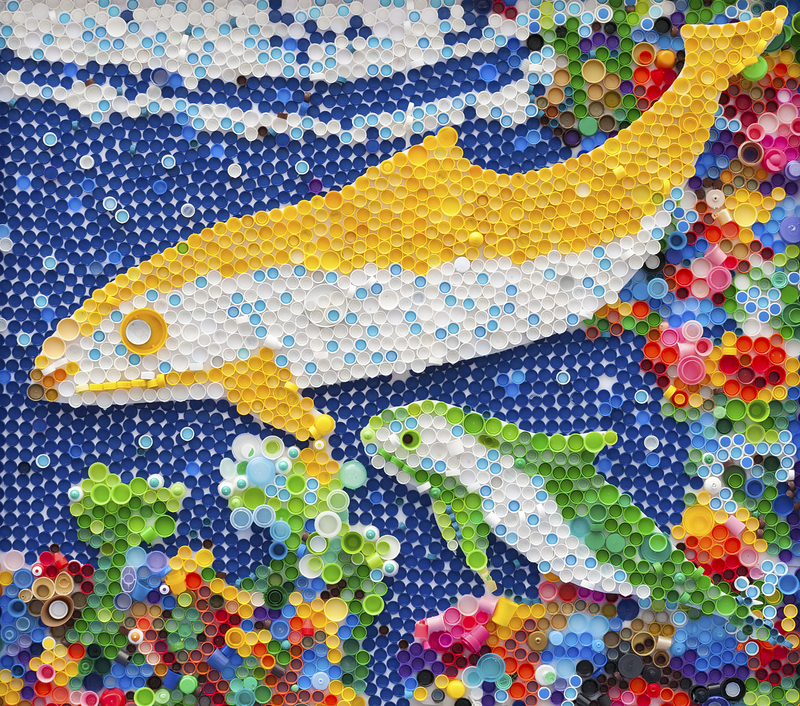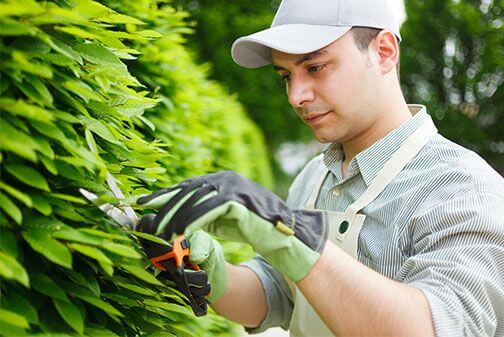Recycling: Protecting Wildlife
Posted on 15/03/2025
Recycling is a common practice that many people participate in to reduce waste, conserve resources, and minimize environmental impact. One of the most significant benefits of recycling is its role in protecting wildlife. As human activities continue to encroach on natural habitats, the importance of recycling becomes increasingly clear. This article explores the connection between recycling and wildlife conservation, highlighting the ways in which recycling can help preserve diverse ecosystems and the creatures that inhabit them.
The Impact of Waste on Wildlife
Waste has a profound impact on wildlife, often causing significant harm to animals and their habitats. When waste, particularly plastics, is not properly managed, it can find its way into natural environments. Marine animals, for example, often ingest plastic debris, mistaking it for food. This can lead to starvation, internal injuries, and even death. Similarly, terrestrial animals can become entangled in discarded materials, hindering their ability to move, forage, or escape from predators.
Additionally, waste can disrupt delicate ecosystems. Landfills and illegal dumping sites can introduce toxic substances into the soil and water, affecting plant and animal life. Animals that rely on clean water sources can suffer from poisoning, while plants may struggle to grow in contaminated soil. By recycling, we can reduce the amount of waste that ends up in these environments, thereby protecting wildlife from these harmful effects.

Recycling Reduces Habitat Destruction
Recycling also plays a critical role in reducing habitat destruction. The extraction of raw materials, such as mining for metals or logging for paper, often leads to the destruction of natural habitats. Forests, wetlands, and other ecosystems are frequently cleared or degraded to meet the demand for these resources. This loss of habitat is one of the leading threats to wildlife, as animals lose their homes and sources of food.
By recycling materials, we can decrease the need for new raw materials, thereby reducing the pressure on natural habitats. For instance, recycling paper saves trees, which are essential for many species of birds, insects, and mammals. Recycling metals reduces the need for mining, which can have devastating effects on the environment. Through recycling, we can help preserve habitats and the biodiversity they support.
Energy Conservation and Its Benefits for Wildlife
Another way recycling protects wildlife is through energy conservation. The production of goods from recycled materials generally requires less energy than producing them from new raw materials. For example, manufacturing aluminum from recycled materials uses up to 95% less energy than producing it from bauxite ore. This energy savings translates to reduced greenhouse gas emissions, which are a major driver of climate change.
Climate change poses a significant threat to wildlife, altering habitats and ecosystems at a rapid pace. Many species struggle to adapt to these changes, facing challenges such as rising temperatures, shifting weather patterns, and more frequent extreme weather events. By conserving energy through recycling, we can mitigate the impacts of climate change, providing a more stable environment for wildlife.
Community Engagement and Awareness
Recycling also fosters community engagement and awareness about environmental issues. Participating in recycling programs can raise awareness about the importance of waste management and its impact on wildlife. Educational initiatives can inform people about how their actions affect the environment and encourage more sustainable behaviors.
By engaging communities in recycling efforts, we can create a sense of stewardship and responsibility for the environment. This collective effort can lead to greater conservation efforts, as people become more invested in protecting the natural world for future generations.
Pros and Cons of Recycling
Pros:
- Reduces waste and pollution
- Conserves natural resources
- Protects wildlife habitats
- Reduces greenhouse gas emissions
- Encourages community engagement
Cons:
- Can be resource-intensive and costly
- Not all materials are recyclable
- Recycling programs may vary by location
- Contamination can reduce the effectiveness of recycling
Tips for Effective Recycling
- Always clean and dry recyclables before placing them in the bin.
- Learn what materials are accepted in your local recycling program.
- Avoid "wish-cycling" - placing non-recyclable items in the recycling bin.
- Reduce and reuse items whenever possible.
- Encourage others to recycle and raise awareness about its benefits.

Takeaways
- Recycling is crucial for protecting wildlife and their habitats.
- It reduces waste, conserves resources, and mitigates climate change.
- Community engagement is essential for successful recycling programs.
- Understanding the pros and cons can help optimize recycling efforts.
Conclusion
Recycling is more than just a way to manage waste; it is a vital practice for protecting wildlife and preserving the natural environment. By reducing waste, conserving resources, and mitigating climate change, recycling directly contributes to the well-being of countless species. While there are challenges associated with recycling, the benefits far outweigh the drawbacks. By making conscious efforts to recycle and encourage others to do the same, we can safeguard wildlife and ensure a healthier planet for future generations.










